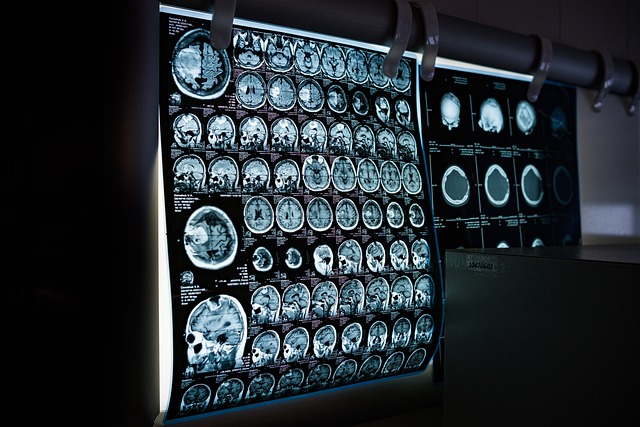The Emerging Role of Digital Therapy in Mental Health
Over the past decade, the rise in digital technology has paved the way for new approaches to health and wellness. In particular, one area seeing innovations is mental health, with digital therapy emerging as a significant concept. But what exactly is digital therapy, and how does it factor into mental wellness? Let's dive into its fascinating story.

The Rise of Digital Therapy: A Historical Perspective
Digital therapy, sometimes termed e-therapy or internet-based therapy, has been knocking around the fringes of mental health services for around two decades now. These early variations were relatively rudimentary, generally comprising text-based therapy sessions conducted via email or chatrooms.
However, the advent of smartphones, apps, and more sophisticated web platforms dramatically changed the digital therapy landscape. Today, digital therapy is far more innovative and comprehensive than its earlier incarnations, encompassing interactive modules, virtual reality scenarios, AI chatbots, and even biofeedback devices.
Current Trends in Digital Therapy
As technology continued to evolve, digital therapy trends have also shifted and expanded. Today, a bevy of apps, websites, and platforms have popped up, offering a wide variety of digital therapy modes designed to cater to all sorts of individual mental health needs.
Most notably, Cognitive Behavioral Therapy (CBT) has been successfully adapted into digital platforms. CBT is a goal-oriented therapy that helps individuals understand and change their thought patterns that lead to harmful behavior or emotional distress.
Further, teletherapy, which facilitates live video sessions with a therapist, has spread rapidly, especially in the pandemic era. This points to a future where mental health support can be provided from the comfort of the patient’s home or during a break from work—essentially, whenever or wherever it’s needed.
The Science Supporting Digital Therapies
Research has shown that mental health care delivered remotely can be just as effective as face-to-face therapy. Moreover, digital therapy can offer additional benefits, including increased accessibility for those with mobility issues, those living in remote areas, or those juggling busy schedules.
Nonetheless, there are also challenges tied to digital therapy. Technical glitches, security concerns, and lack of access to technology can pose barriers. It’s also crucial to maintain human connection within therapy, which some worry might be lost in the digital space.
Making the Most of the Digital Therapy Boom
Incorporating digital therapy into your mental health routine can offer specific advantages. Consider these strategies:
• Explore different platforms until you find one that suits your style and needs. • Mix and match. Consider combining digital therapy with traditional face-to-face therapy. • Keep an open dialogue with your mental health provider about your digital therapy experiences. • Practice online safety and ensure the platform offers end-to-end encryption to maintain privacy.
Digital therapy is undoubtedly an exciting addition to the mental health field, democratizing access to support and disrupting traditional therapy models. As an emerging pathway to wellness, it’s crucial to embrace its advances whilst remaining aware of potential challenges.
As we continue to move forward in an increasingly digital era, it’s apparent that digital therapy will play a significant role in shaping the future of mental health. As ever, knowledge is power—being aware of this new tool can empower you to make the best decisions for your mental wellness.




